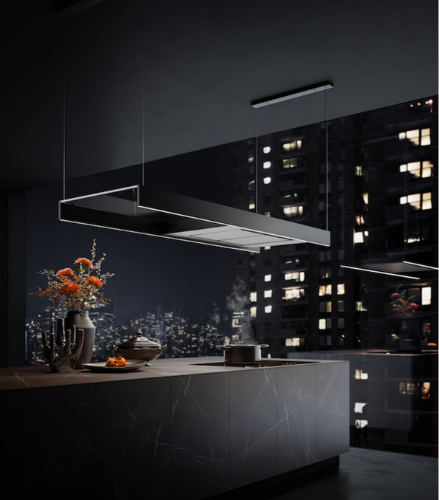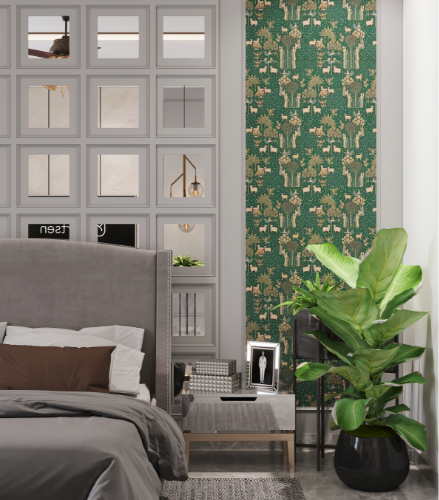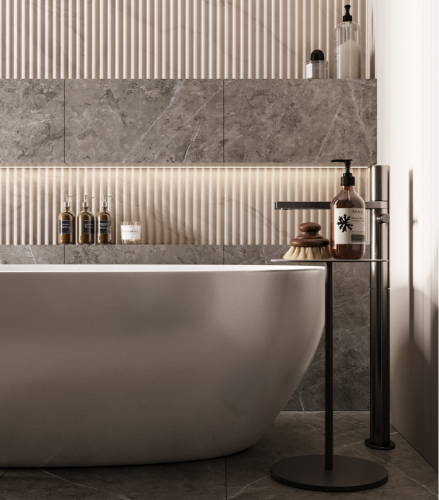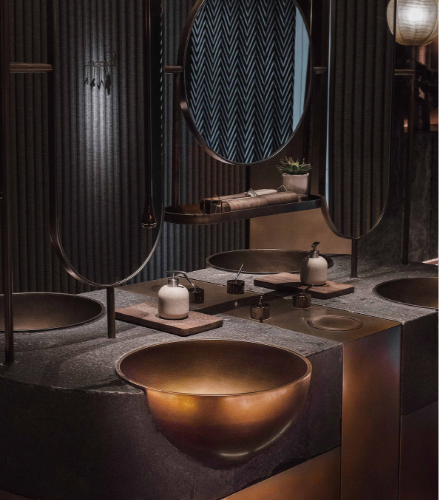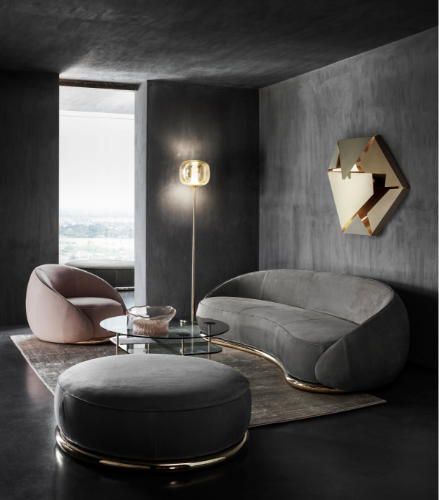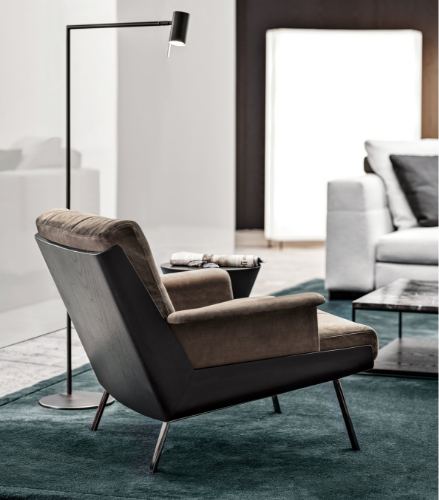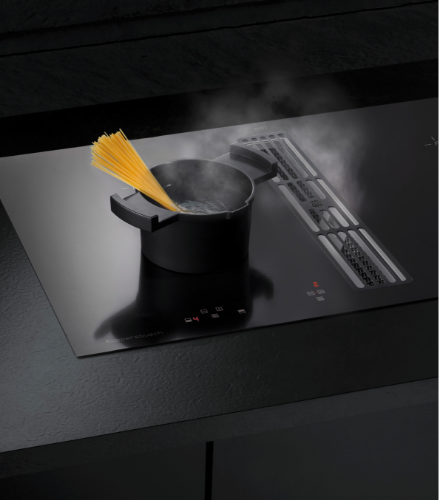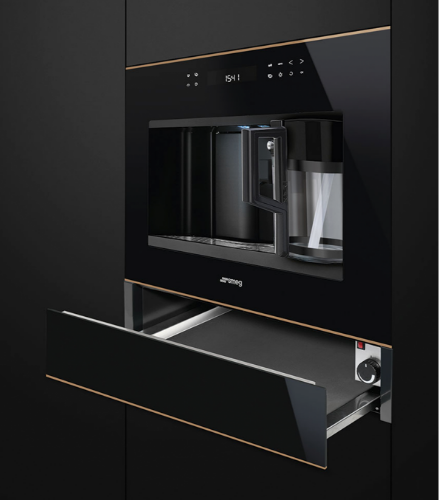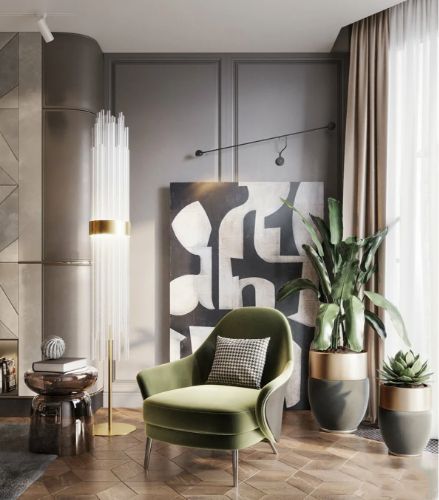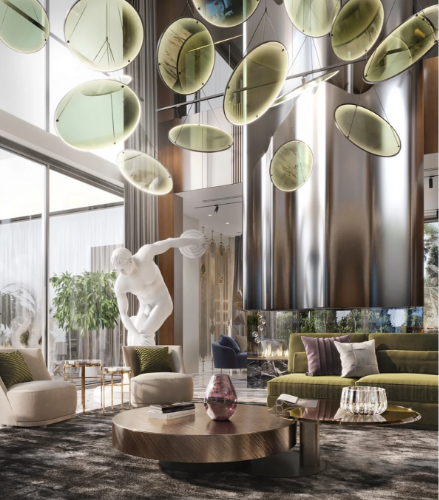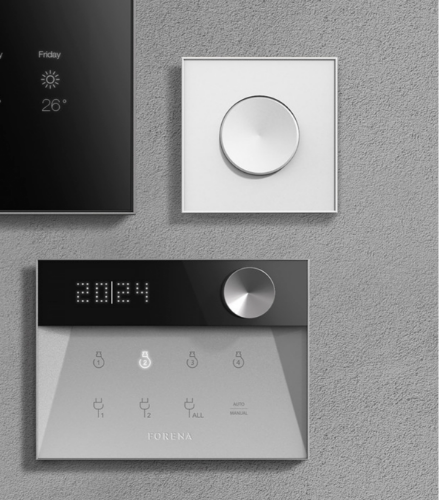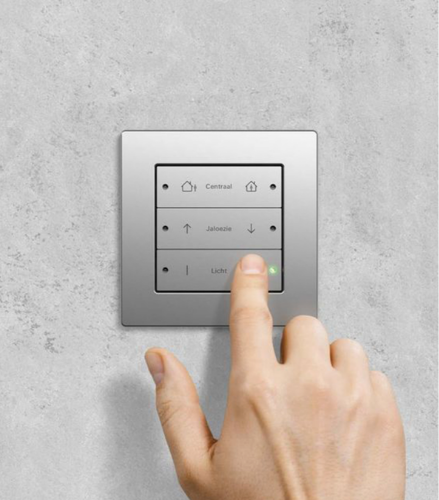You can beautify the walls of your home as much as you want. But if your home lacks a complimenting false ceiling, the aesthetic remains unfinished or even bizarre in some cases. Apart from an aesthetic standpoint, a false ceiling presents many other benefits to the home. For instance, it improves the acoustics in the room through an extra layer of material. It makes the room virtually soundproof in the process.
Furthermore, there are mainly eight different types of false ceilings that come with their own set of features and functions. These can also be categorised as being a good fit for the different array of design stories. So, this blog will take you through the best types of false ceilings. This will make you want to keep looking up.
Types of False Ceilings
These are the different types of false ceiling panels. This will make your ceiling as beautiful as the walls in your home.
1. Plaster of Paris (POP) False Ceiling
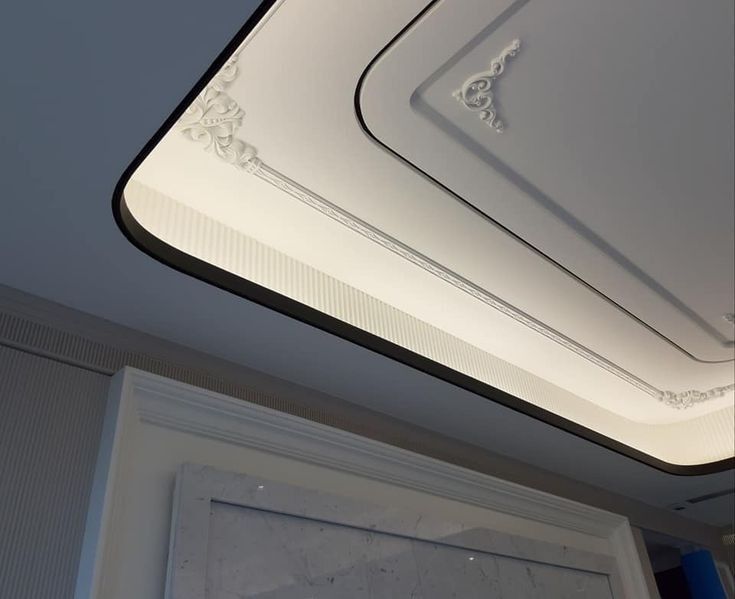
The plaster of Paris false ceiling is essentially made of POP powder mixed with water on a chicken net as a frame. This also provides each panel with durability. Plaster of Paris is amongst the most popular materials used for roofing applications for homes and otherwise. Great for a variety of interior design stories. POP false ceilings are celebrated for their ability to be shaped and designed as per the requirement. Besides false ceilings, POP can be used for a variety of other applications such as partitions, wall murals, wall textures, mouldings and much more. Moreover, the principal ingredient present in the plaster of Paris is gypsum. Gypsum is abundant in Paris, hence the name Plaster of Paris.
2. Gypsum False Ceilings
Even though the principal ingredient for this false ceiling is the same as the POP false ceiling, there are vast differences in its application. The main difference is that, unlike POP, gypsum boards cannot be moulded in various designs. These are not flexible enough to be used in the corners. Gypsum boards are factory-manufactured boards of hydrated calcium sulphate that are used for false ceilings. Available in shades of brown, white, red, yellow and grey. It provides thermal and sound insulation, besides being lightweight and highly fire resistant. It’s because of such benefits, gypsum false ceilings are one of the most popular false ceilings material.
3. Wood False Ceilings
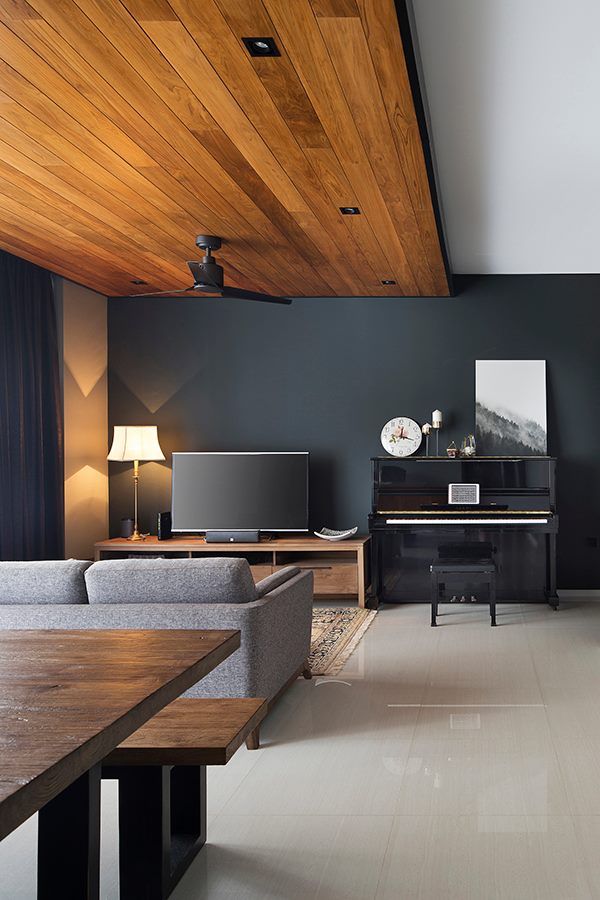
If you want a sure-shot way to give your home a premium feel, there’s barely anything better than wooden false ceilings. Available in hollow blocs and boards, wooden false ceiling panels are aesthetically pleasing due to the sheer number of available finishes. Most suitable for cold climates, wooden panels are also highly durable but they can be at risk of termite attacks and wrapping. Wooden false ceilings are the most eco-friendly way to decorate your home. However, they can be expensive to both install and maintain. So, if cost is not an issue, choosing this material for your home’s false ceiling can help it increase in value and looks.
4. Fibre False Ceilings
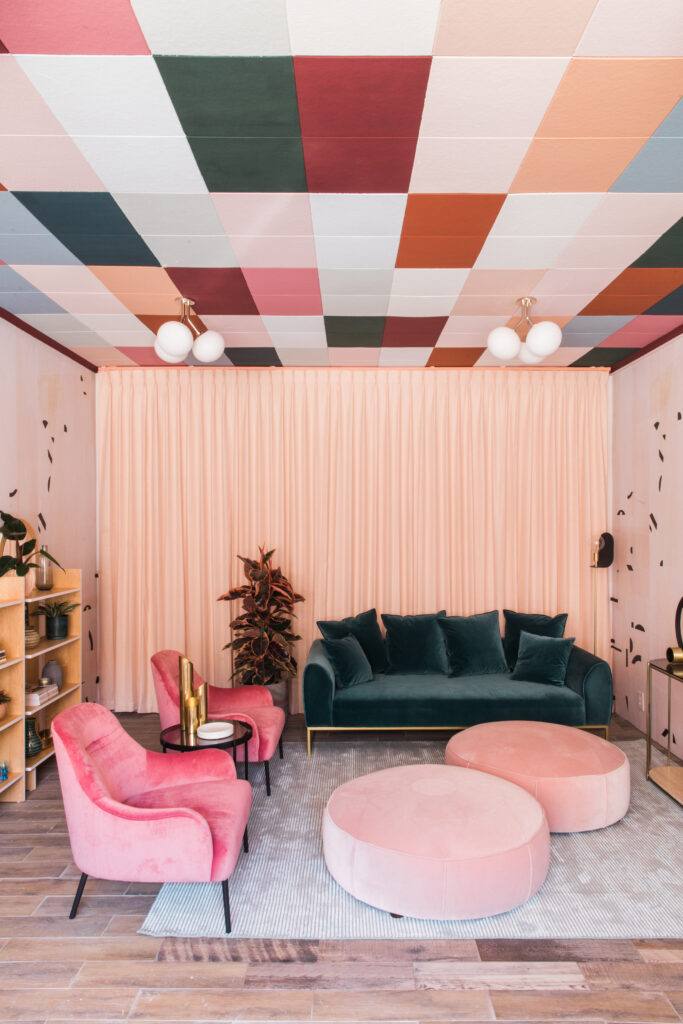
Found in most offices and other commercial spaces, fibre false ceilings are also known as acoustic or soundproofing ceilings. The main reason behind that is fibre false ceilings have great noise insulation properties. These panels are manufactured by blending various natural and synthetic materials such as tar, vegetable fibre, asphalt, wood and stone. Fibre false ceiling panels are most commonly produced with two main materials, which are mineral fibre and glass fibre. Furthermore, even though these panels have so many benefits, fibre false ceilings are not commonly used in homes, as they don’t deliver an attractive aesthetic for a home. This is further supported by the cost-effectiveness of the panels.
5. Metal False Ceilings
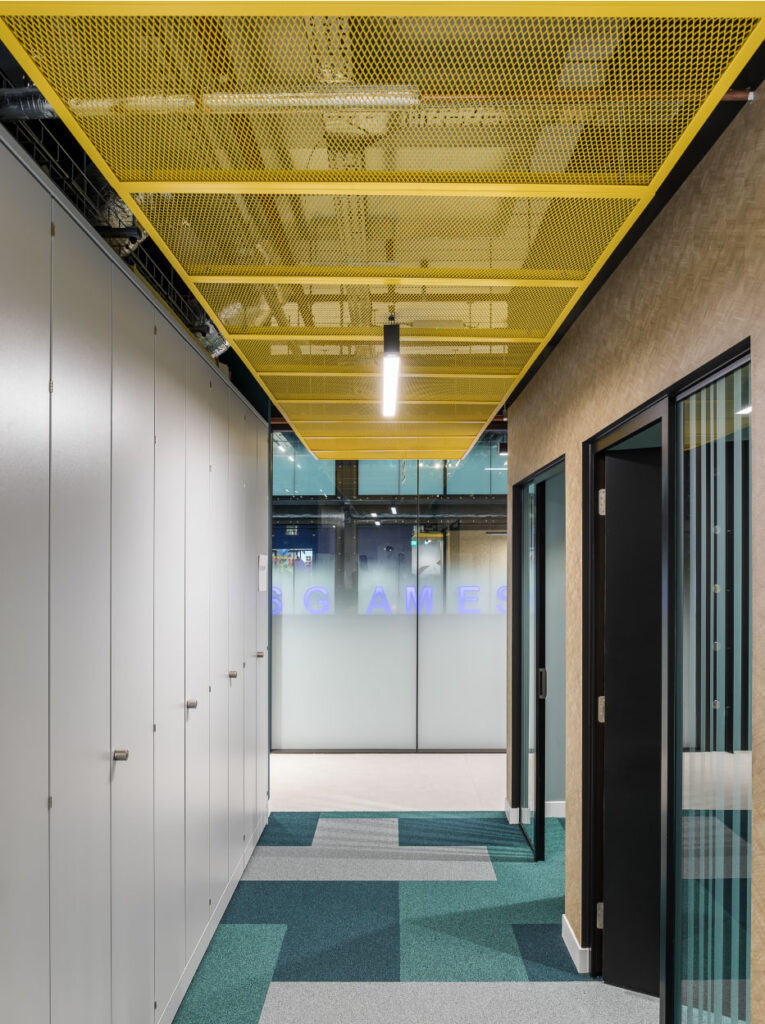
Besides being fire resistant, metal false ceilings are great at defraying utility costs by making heating and cooling more efficient. In hindsight, metal false ceilings may seem to have several advantages over gypsum or POP. But it depends entirely upon the sort of design you are going for. Moreover, these panels are most commonly made with aluminium or galvanised metal. Also, these panels can be easily removed and reinstalled, which makes them easy to work with. Even though metal false ceilings can be used in homes, they are most commonly used in commercial spaces.
6. Glass False Ceilings
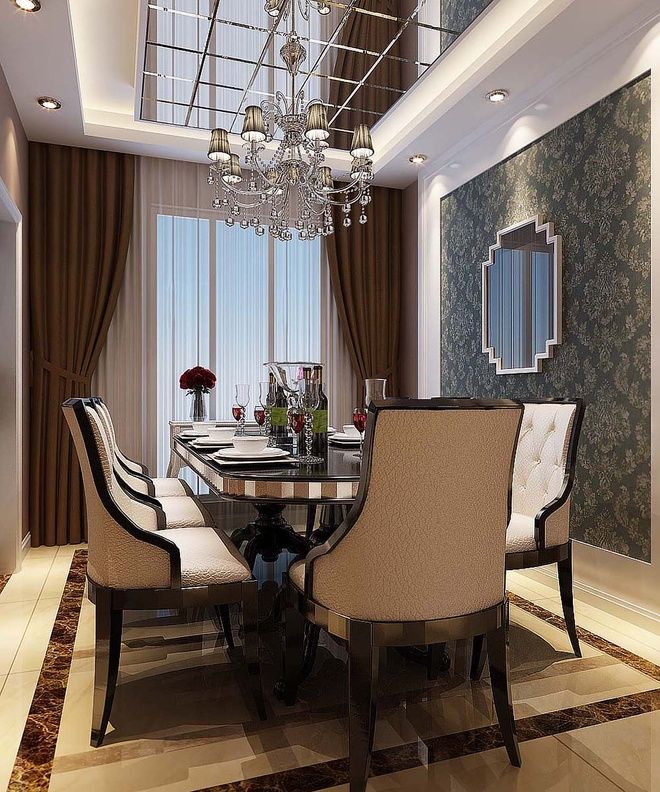
Glass can be found in a lot of settings where the designers try to create a luxurious décor. Because glass can make other colours in the room appear more vivid, making the home more visually appealing. So, using glass on your false ceiling can further add to such décor. But glass is a brittle material, which can raise some safety concerns. This concern can be easily mitigated via the manufacturing process of the glass itself. Glass false ceilings can be found in a variety of places, from hotels to restaurants. Glass can instantaneously elevate the aesthetics of the space.
7. PVC False Ceilings
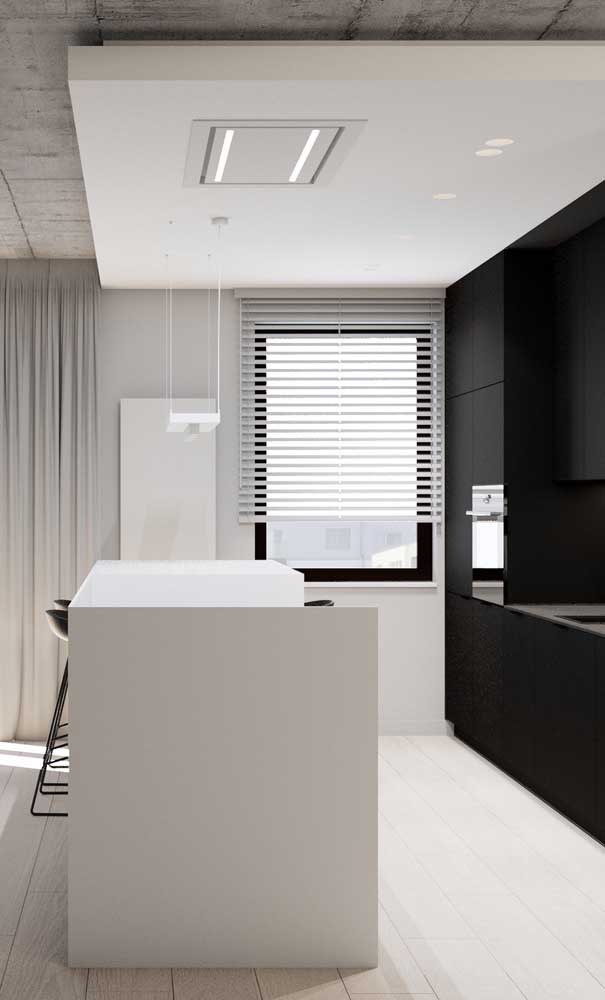
PVC false ceilings are a plastic composite material which is made of polyvinyl chloride. These false ceilings are suspended from the ceiling in the form of planks or panels. The false ceiling is very popular because of its cost-effectiveness, easy installation and zero to none maintenance costs. PVC panels come factory manufactured and can be given a myriad of finishes. This makes them perfect for all sorts of spaces, be it homes or commercial. Furthermore, these ceiling panels are durable, waterproof, termite resistant and come with many more benefits.
In a nutshell, there are numerous false ceilings available that you can incorporate into your home or any other location of your choice. However, you need to consider the cost, longevity and functionality of the material you use while deciding the type of false ceilings
Also Read: How to decorate your home with plants an ultimate guide for indoor plants

